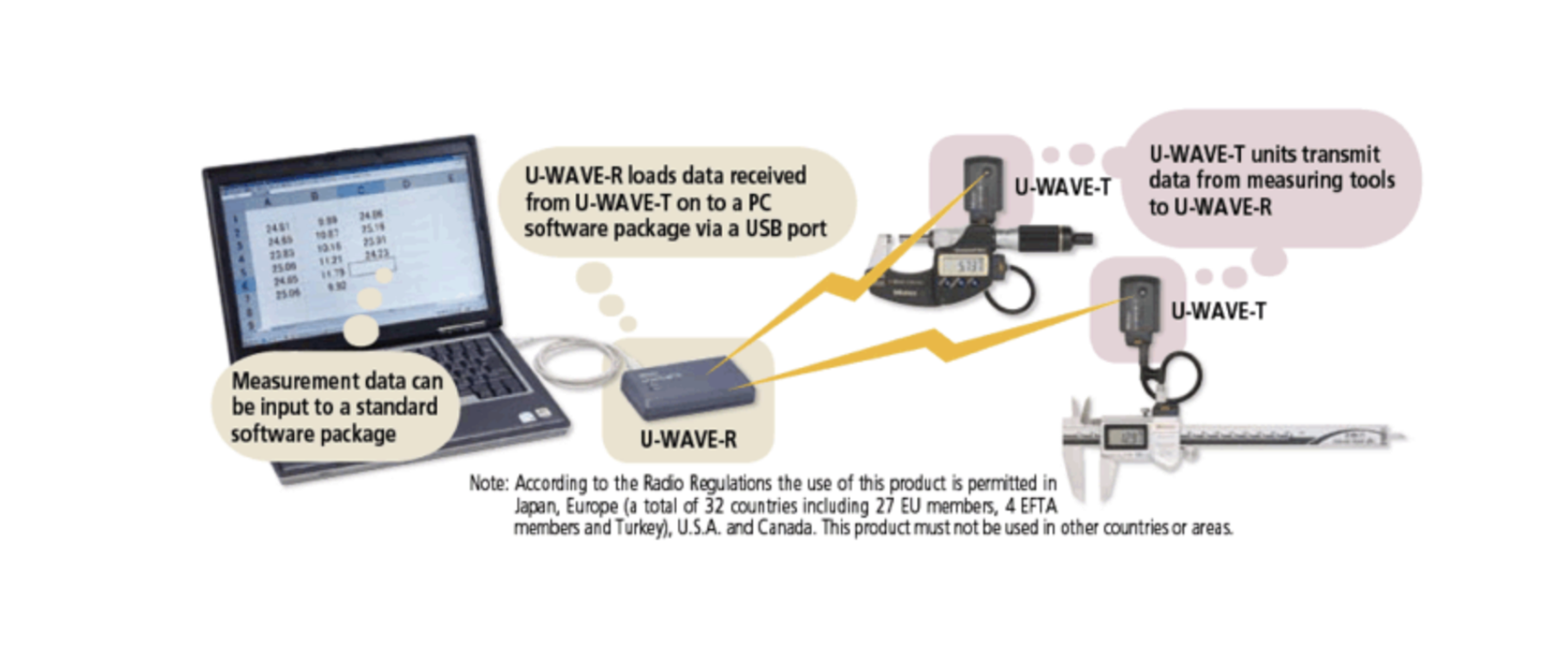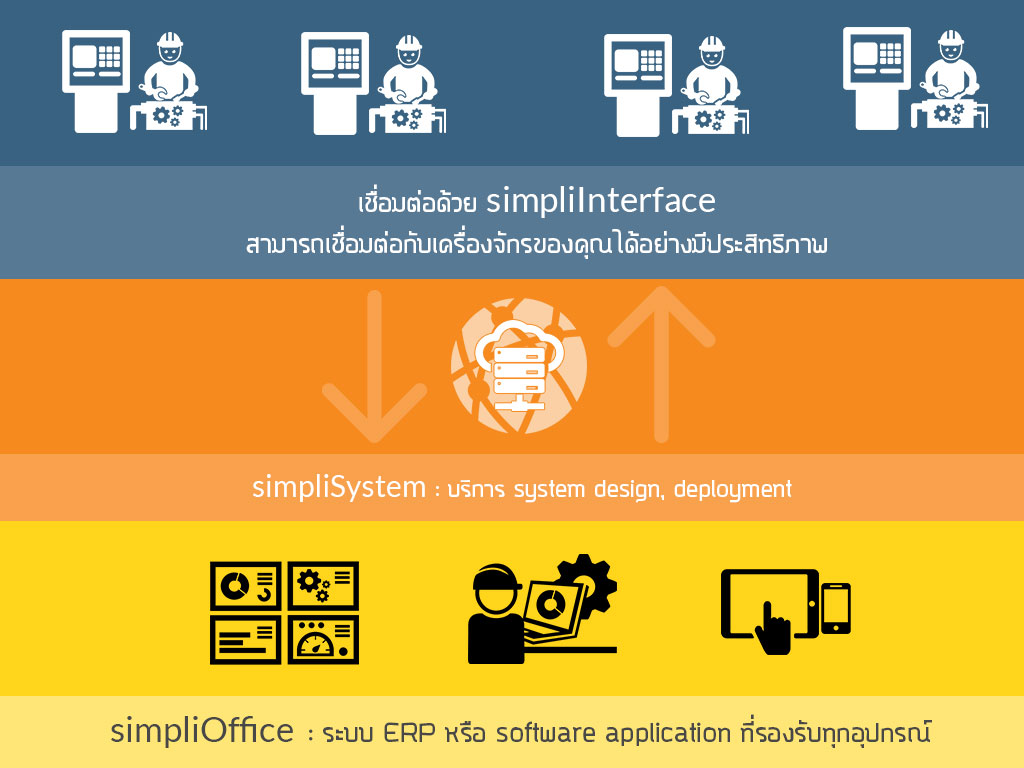How to Guess an Equation Without Math: Exploring Cat vs. Bird Populations
Have you ever wondered how scientists figure out how one thing affects another—like how the number of cats in an area might impact the number of birds?
You might think they always start with a complicated equation, but in real science, it often works the other way around: they start with observation and intuition, and only later guess or derive an equation.
In this post, we’ll walk through how to guess a relationship (an equation) between two populations: cats and birds. No advanced math needed—just logic and curiosity.
🧠 Step 1: What Are We Curious About?
We want to explore the question:
"How does the number of cats affect the number of birds in an area?"
We don’t know the answer. That’s the fun part.
📋 Step 2: List the Variables
Let’s define what we can measure:
C = Number of cats
B = Number of birds
We assume more cats might mean fewer birds. Now we try to guess how they might be related.
🔮 Step 3: Make an Educated Guess
We’re going to guess simple equations—just like scientists do before they collect data.
🤏 A. Linear Relationship
B = a - bCThis says that each new cat removes a fixed number of birds. It’s simple, but might work!
📉 B. Exponential Decay
B = a \cdot e^{-kC}Now, each additional cat reduces the bird population by a percentage, not a fixed amount. This better fits situations where the bird population drops quickly at first.
🪝 C. Inverse Relationship
B = \frac{a}{C}This suggests a very steep drop when cat numbers increase—more dramatic than the others.
🧪 Step 4: Plan a Simple Experiment
Suppose you observe different neighborhoods and count cats and birds:
| Area | Cats (C) | Birds (B) |
|---|---|---|
| 1 | 0 | 120 |
| 2 | 2 | 100 |
| 3 | 5 | 65 |
| 4 | 8 | 25 |
| 5 | 10 | 15 |
Now plot these points on a graph.
- If the points form a straight line → use the linear model
- If they curve downward → exponential decay might be better
- If bird numbers fall fast → maybe the inverse model fits
📈 Step 5: Refine Your Equation
After plotting, you can estimate which guessed equation fits best. You can even fit the data using tools like Excel, Python, or just graph paper!
Congratulations—you just did what real physicists, ecologists, and engineers do:
Guess a relationship, test it, and refine.
🌱 Final Thoughts
This process—starting from observation and variables, then guessing and testing relationships—is the core of the scientific method.
You don’t need to start with math. You start with questions.
Next time you're curious about something in nature—cats and birds, plants and light, cars and fuel—remember:
Start with variables, guess relationships, test with data.
That’s real science in action.
Get in Touch with us
Related Posts
- AI驱动的医院信息系统纵向整合(Vertical Integration)
- How AI Enables Vertical Integration of Hospital Systems
- 工业AI系统中的AI加速器 为什么“软件框架”比“芯片性能”更重要
- AI Accelerators in Industrial AI Systems: Why Software Frameworks Matter More Than Chips
- 面向中国企业的系统开发:以 AI + 工作流安全集成电商与 ERP
- Global-Ready System Development for EC–ERP Integration with AI & Workflow
- 不可靠的“智能”系统所隐藏的真实成本
- The Hidden Cost of ‘Smart’ Systems That Don’t Work Reliably
- GPU vs LPU vs TPU:如何选择合适的 AI 加速器
- GPU vs LPU vs TPU: Choosing the Right AI Accelerator
- 什么是 LPU?面向中国企业的实践性解析与应用场景
- What Is an LPU? A Practical Introduction and Real‑World Applications
- 面向软件工程师的网络安全术语对照表
- Cybersecurity Terms Explained for Software Developers
- 现代网络安全监控与事件响应系统设计 基于 Wazuh、SOAR 与威胁情报的可落地架构实践
- Building a Modern Cybersecurity Monitoring & Response System. A Practical Architecture Using Wazuh, SOAR, and Threat Intelligence
- AI 时代的经典编程思想
- Classic Programming Concepts in the Age of AI
- SimpliPOSFlex. 面向真实作业现场的 POS 系统(中国市场版)
- SimpliPOSFlex. The POS Designed for Businesses Where Reality Matters














